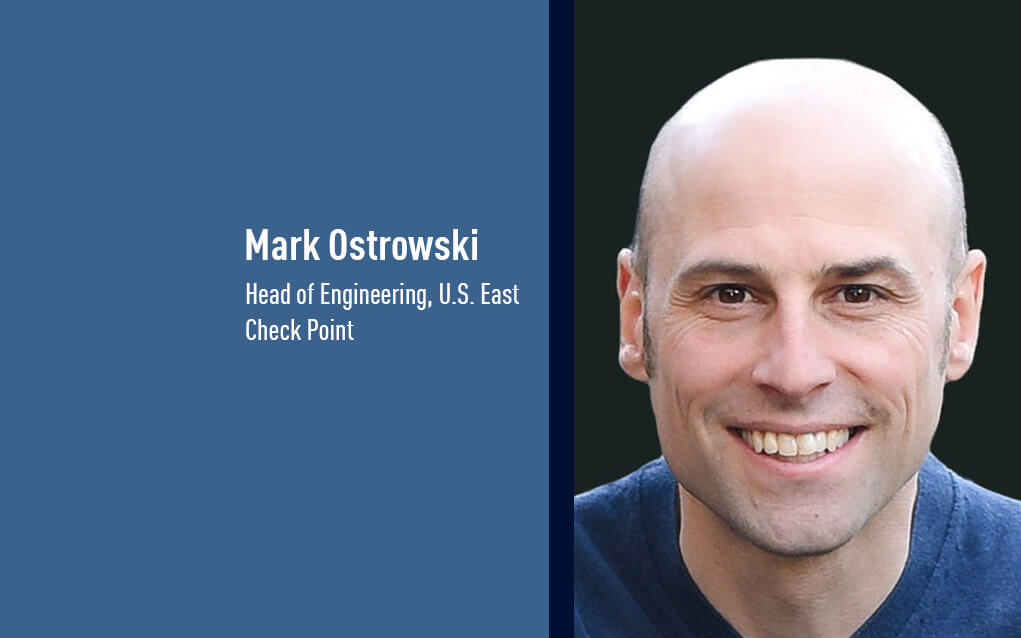
Mark Ostrowski is Head of Engineering, U.S. East, for Check Point, a global cyber security company. With over 20 years of experience in IT security, he has helped design and support some of the largest security environments in the country. Mark actively contributes to national and local media, discussing cyber security and its effects in business and at home. He also provides thought leadership for the IT security industry.
In the U.S., election season is underway. In this exclusive interview, Check Point’s Head of Engineering, U.S. East, Mark Ostrowski, discusses disruption, misinformation and more. Explore the challenges. Stand prepared for a season like never before. Don’t miss this!
What kinds of cyber-related election threats are you seeing? What are you seeing in relation to voter data and attempts to steal it, if anything?
A few thoughts as we approach November. Not hearing too much real time chatter on active threats or activity. However, the there has been no slowdown or shortage of ongoing attacks that have been accumulating user credentials and identity information. Only the future will show whether this data will be used in mass during the election cycle.
What to expect as we approach the election? Disruption with DDoS and misinformation on internet based platforms (social media). With the AI evolution, we can also expect more sophisticated campaigns.
What attack surfaces should local governments and state governments strive to protect ahead of the upcoming elections?
State and local governments need to protect all attack surfaces, as any weakness will be exploited to create disruption. These entities should now be exploring what ‘normal’ is and begin to model traffic to identify any anomalies as the election cycle carries on.
How can government agencies work to ensure the security of the election supply chain?
Supply chain security is more critical than ever and all levels of government need to understand from where their vendors’ and partners’ source code, equipment and updates to software derive. Ensuring protection from code to runtime is critical during times of heightened security concerns, as again, any known vulnerability will be exploited.
What measures are government agencies putting in place to protect the integrity of voter registration databases? Or what kinds of software should they have in-place?
Protecting the integrity of voter registration data is a 365 7×24 job and not something that should be overlooked at any time. Wherever there is identity or user data, all layers of preventative security should be in place; network, endpoint, threat hunting activities, ransomware protection, mobile, email security etc… all of these vectors should be secured if the user or application has access to the registration information.
In the event of a cyber attack on an election day, what kinds of contingency plans should local and state governments have in-place to ensure that voting can proceed?
All organizations should have table topped real life scenarios that invoke contingency plans in case there is an active attack on election day. These exercises should include vendors and partners and open lines of communication, accounting for scenarios both as election day approaches and in the days after. These scenarios should not be limited to cyber security alone; they should also include physical security scenarios.
Lastly, subscribe to the CyberTalk.org newsletter for timely insights, cutting-edge analyses and more, delivered straight to your inbox each week.
